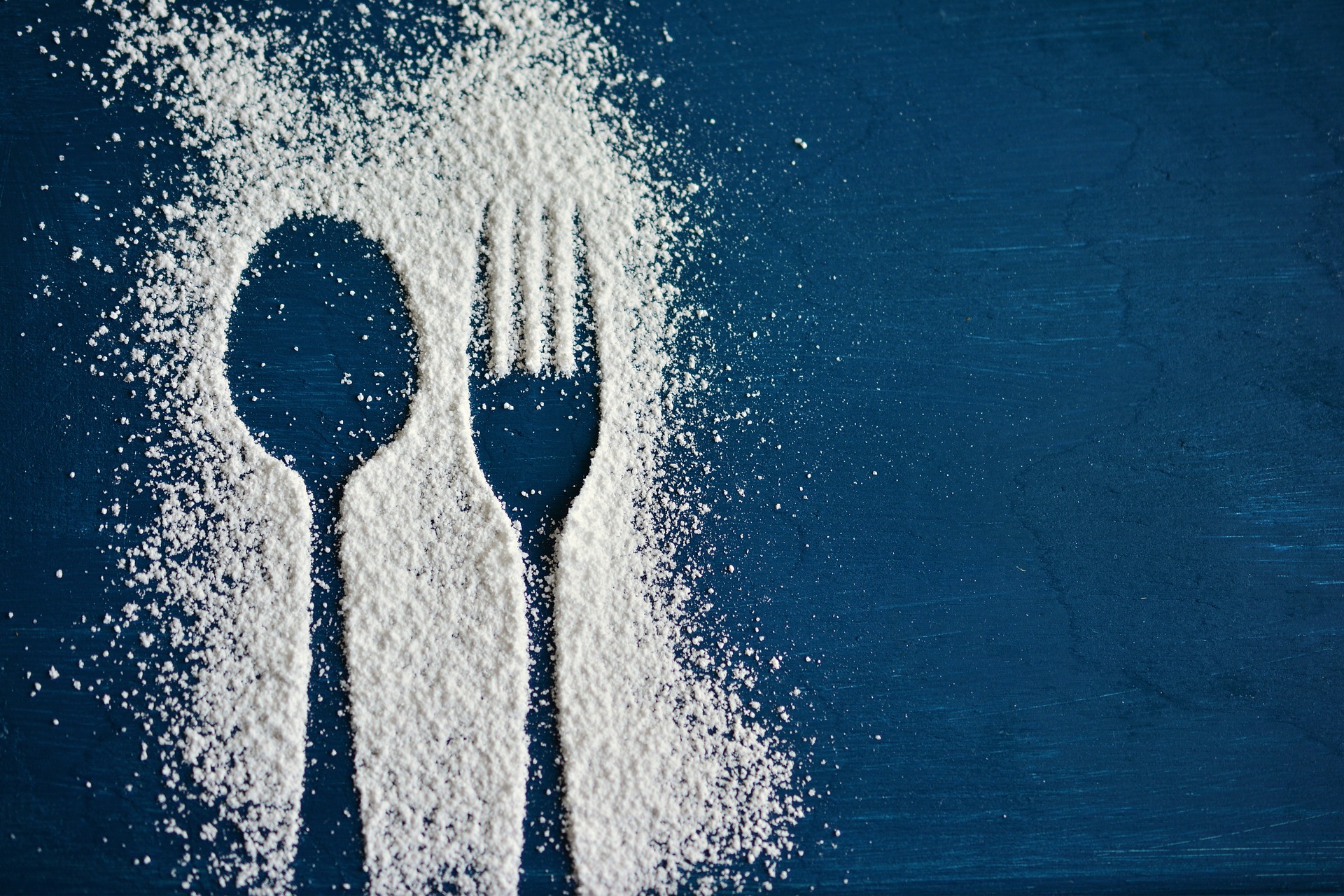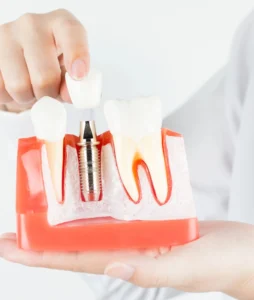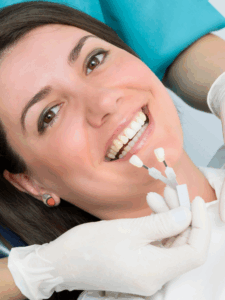Everywhere we look, there seems to be some nutrition “expert” giving advice on the best ways to eat to stay healthy. Rarely do they speak about oral health and its impact on our health overall. Dentists will tell you that the best indicator of a person’s overall health is the health of their mouth. And dentists for many years have told us that sugar is the main culprit of oral health issues.
Why is Sugar Bad for Your Teeth?
This is because sugary foods cling to our teeth and cause cavities as bacteria feed off the sugar-producing an acid that wears through our enamel, which once decayed, cannot be replaced. Increased sugar is directly linked to increased cavities. In 2014, the World Health Organization found increasing sugar consumption from 0% to 5% of total calories was enough to double the amount of tooth decay. (American’s get closer to 15% of their calories from sugar.) While a goal of 0% is unfeasible, we should—at a minimum—cut our sugar intake in half.
How to Cut Back on Sugar
Again, nutritionists advocate myriad ways of accomplishing this, like trading candy cravings for fruits, but here are 3 more tips for cutting back on sugar:
First, read labels, looking for other words that also mean sugar, like high fructose corn syrup, maltose, dextrose, etc. A good rule of thumb: any word ending in “–ose” is a type of sugar. Second, cook at home. Using whole foods lets you know exactly what’s going into your meal helping avoid hidden sugars snuck in and disguised on the label as one of those chemical words like those listed above. Finally, keep a food journal. Track everything. You will be surprised at how it will show the main sugar struggles in your personal diet that should be focused on to reach the goal of reducing your sugar intake by half.
A healthier diet = a healthier mouth. Reducing your sugar intake is an essential part of a healthier diet.




